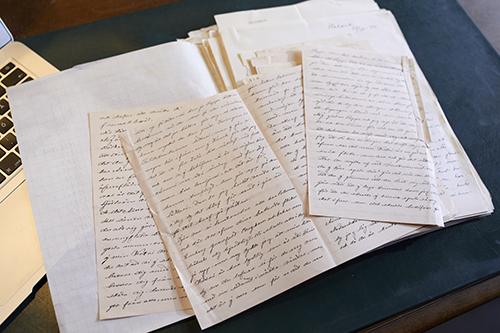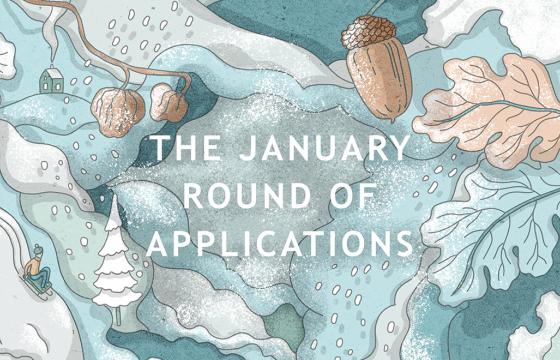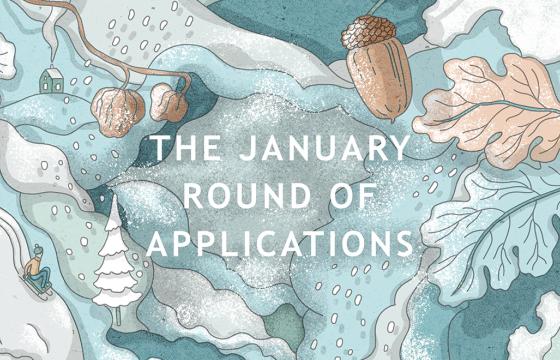
Text and photos: Laura Iisalo
When Finland gained independence in 1917, border security became a mutual concern. During the years of 1922-1924 the Finnish parliament defined an area consisting of 44 borderland municipalities along the Eastern border from Southern Karelia up to Northern Lapland, to be developed to the same level as the rest of the country by means of educational borderland activity.
The work was carried out by various fellowships that doctoral student in Finnish history, Verna Kotiranta, looks into in her doctoral thesis, for which she received funding from the Central Fund in 2018, and from the South Karelia Regional Fund in 2020.
Helsinki-based Kotiranta has travelled the country studying the records at The National Archives of Finland, and rummaged through piles of private correspondence, speeches, newspaper articles, and literature.
– I have put my research together like a puzzle, which is time-consuming but rewarding, like detective work always is, she tells.
Finnish ideal was patriotic and modest
According to Kotiranta, fellowship-based borderland activities were intended to improve economic conditions, and to offer counselling and education in rural areas. Previous research has shown that the national identity of the newly independent Finland was built on sharp political views that painted threatening images of Russia and Eastern Barbarism.
The ideal Finn was considered patriotic, modest, firmly Christian, and abstinent. Unkempt appearance, vulgar habits, and ignorance were considered signs of Eastern influence. The polarized perspective was not atypical, since eugenics was a popular concept in Europe at that time.
The ideal Finn was considered patriotic, modest, firmly Christian, and abstinent.
– These activities were nevertheless moderate compared to fascism and extremist movement. After the Finnish Civil War the borderland areas were seen as a threat to safety. The main objective was to counter communism by means of Christian nationalism, like much of the fellowship activity at that time. The attitudes became less steep by the late 1930's when the inhabitants met the expectations that were set for them, says Kotiranta.
Networks had central role in borderland activity
When conducting her research, Kotiranta noticed that different types of networks and connections to such parties had a central role in borderland activities. Those included army officers, the Finnish nationalist activist association Academic Karelia Society, and at later stage churchmen with a background in Patriotic People's Movement. The operators represented diverse domains but were united by their mutual goal, which was to ensure border security.
– It has been interesting to notice how such a small circle of people was outlining the rules and defining the ideals of Finnishness. These were people who came from just a few noble families that were connected through marriages, Kotiranta says.
She is planning to finalize her thesis within the next two years, and after that she is keen to bring her findings to a wider audience by popularizing science. Her investigations are ongoing, and therefore Kotiranta is not yet ready for final conclusions.
– I have unexamined material left, so right now I'm just contemplating. I am open to information that goes against my bias, and I'm confident that something like that comes up, she says.
Doctoral student Verna Kotiranta received a 26 000 euro grant in 2020 from South Karelia Fund to examine nationalist borderland activity after the Civil War.


